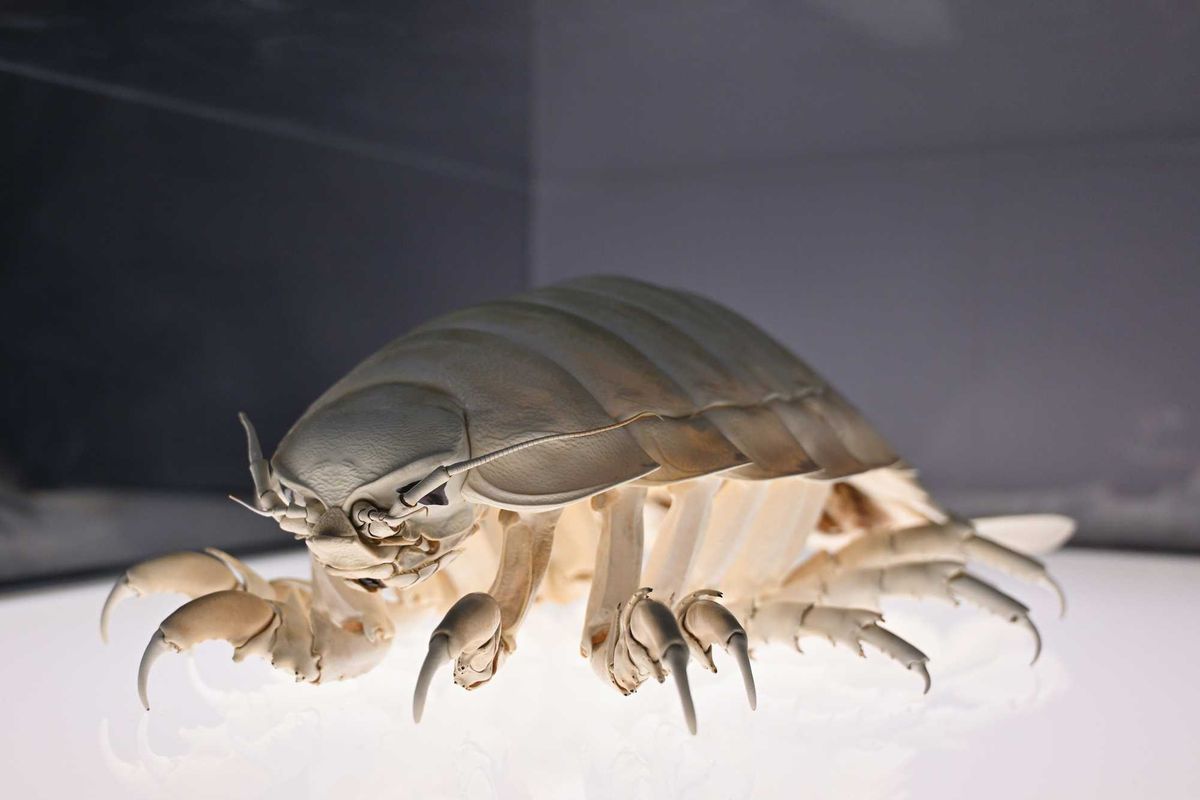As a young mom, Celia Sanchez felt like an outsider.
Sanchez, who became a mom 11 years ago at age 23, had many run-ins with fellow parents that she won't soon forget.
"When I would take my children to day care, I felt kind of ... like I didn't look like the other moms," Sanchez said. "They were much older than me. I just felt kind of separated from them. I would get a lot of 'Oh you're so young to be a mom,' 'You don't really look like a mom,' and I always thought that was a silly thing to say: 'Oh you don't look like a mom.'"
Driven by her own brushes with judgment, Sanchez reached out to friends and strangers for a powerful portrait project.
"I'm not a woman of words," said Sanchez, a portrait photographer. "I like to show people."
Sanchez's photo series "Devoted" features "non-typical" mothers and their children.
With their body art, bold hair, and amazing clothes, these women don't seem like "typical moms" at first glance. And that's the point.
For the past three years, Sanchez has shot portraits of these women alone and with their children. She hopes the juxtaposition will encourage people to reconsider their first impressions.
Photo by Celia Sanchez, used with permission.
"I knew mothers who didn't look like a 'typical mom,' and I always wanted to photograph them and feature them and show that you don't have to look a certain way to be a mom," she said.
Photo by Celia Sanchez, used with permission.
Many of these moms have tattoos, which are still considered taboo in a lot of communities.
By the numbers, though, tattoos are fairly common, even for parents.
Photo by Celia Sanchez, used with permission.
According to a 2015 Harris poll, nearly half (47%) of millennials and more than a third (36%) of Gen Xers surveyed reported having a tattoo. And respondents with children were nearly twice as likely to have a tattoo as those without children (43% vs. 21%).
Photo by Celia Sanchez, used with permission.
Even as tattoos and parents with tattoos become more commonplace, many parents still feel judged for their appearance.
Brian Poole and his wife, Meg, run Parents With Tattoos, one of several Facebook communities on the topic. Admittedly, Poole says his run-ins with those critical of his body art aren't as bad as many would assume, but they definitely happen.
Photo by Celia Sanchez, used with permission.
"I don't get a lot of comments, but I get a lot of snide looks. You can definitely tell people from their body language, the way that they look at you," he says.
The prejudice has also led to more serious consequences for Poole and his family.
"We've actually been, me and my wife, have actually been turned down from renting houses. ... And it's like, 'Come on. It's 2016. I would think we'd move past that.'"
But we haven't. That's why projects like "Devoted" are so important.
Photo by Celia Sanchez, used with permission.
Not all parents look the same. And they shouldn't have to.
Three years in, Sanchez continues to work on "Devoted" not just for herself, but to celebrate and champion these strong, beautiful mothers.
Photo by Celia Sanchez, used with permission.
"I just wanted to show women — mothers — who weren't ... sacrificing their personal style," Sanchez says. "Being a mom, you get lost in your children and I really love the fact that these women didn't lose themselves. They didn't lose their identities. They're still themselves. They're still great parents."
Photos by Celia Sanchez, used with permission.
Raising kids is hard enough without prejudice and judgment. Next time you see a mom or dad who doesn't fit your idea of a parent, Sanchez hopes you'll check yourself. Because if it takes a village to rise a child, everyone who loves and cares about that child is welcome.



 Meatloaf was a staple dinner.
Meatloaf was a staple dinner. Spaghetti is still a classic.
Spaghetti is still a classic. Why were pork chops so popular?
Why were pork chops so popular?
 First Lady Jacqueline Kennedy greets guests before a reception for the Wives of American Society of Newspaper Editors Members.via
First Lady Jacqueline Kennedy greets guests before a reception for the Wives of American Society of Newspaper Editors Members.via  A gorilla walking on its knuckles. via
A gorilla walking on its knuckles. via 

 Cooking at home is almost always cheaper than eating out, and often significantly so.
Cooking at home is almost always cheaper than eating out, and often significantly so. Bulk spices often cost a fraction of what they cost in jars.
Bulk spices often cost a fraction of what they cost in jars. Growing your own food can save you money.
Growing your own food can save you money. Biking is free.
Biking is free. Public libraries are treasure troves of free items to borrow.
Public libraries are treasure troves of free items to borrow.
 A person in gloves inspecting for bed bugs.
A person in gloves inspecting for bed bugs.